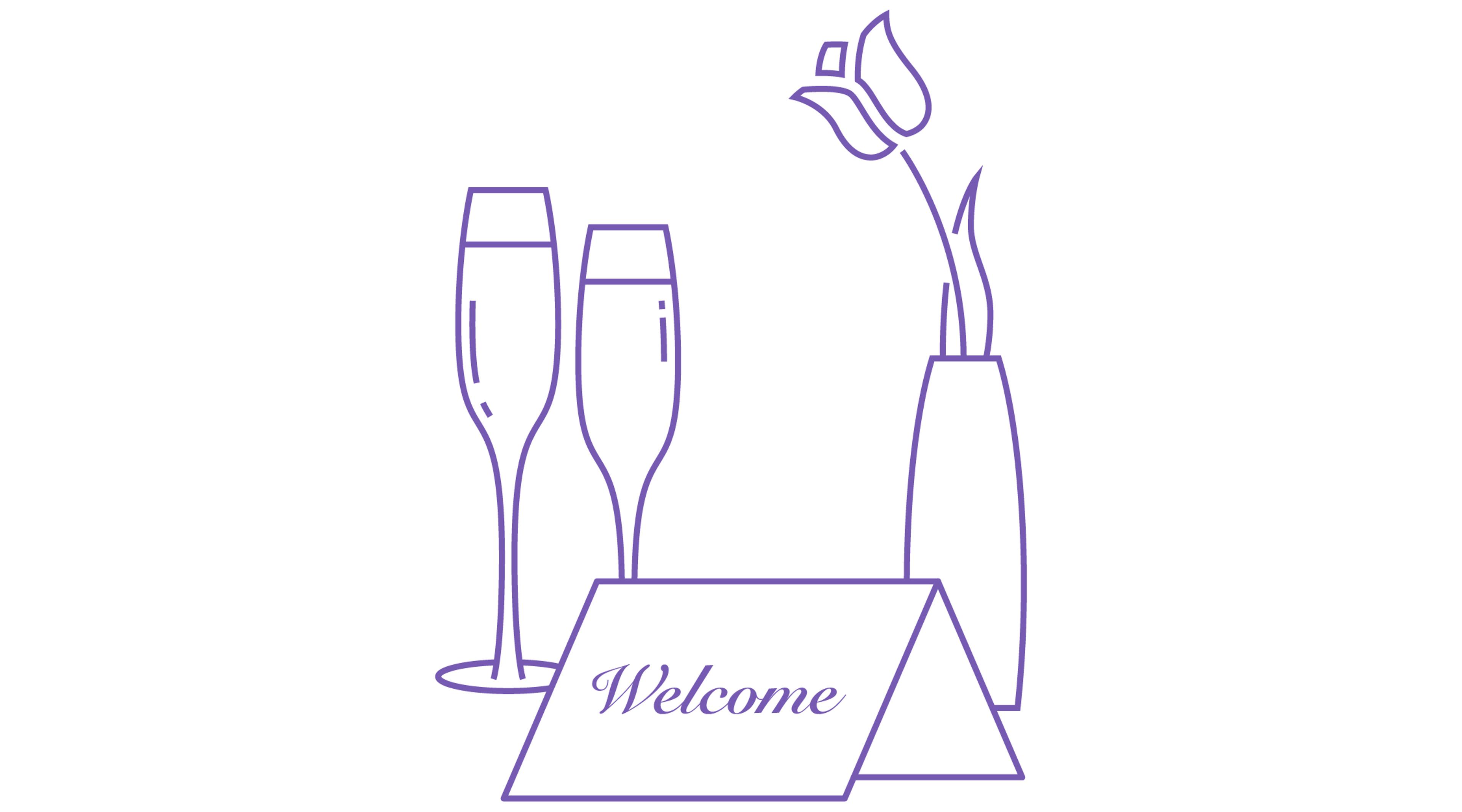Hospitality: The non-issues
by Griffen LimPage contents
Make has been speaking to key members of the hotel industry around the world to discuss the impact COVID-19 has had on them. While there is a shift in the way people now engage with hotels, there is a confidence that some of these changes are only temporary, and one would hope that any short-term changes will only improve the guest experience in a post-pandemic world.
Through our discussions, we have observed three recurring themes – namely, hotel operations, the hotel’s built environment, and luxury in hospitality. We think all of these will be resistant to the long-term impacts of the pandemic, so we’re calling them the ‘non-issues’. Here we explain more.

Hotel operations
During the pandemic, hygiene and sanitation were at the centre of attention in every destination, with patrons expecting the highest standards of safety and cleanliness. Speaking with owners, operators and brands across the globe, there is a confidence that sanitation protocols and procedures have only been mildly affected. Everyone felt that most of the immediate changes were short-term requirements specifically focused on the pandemic.
Naturally, every city adopted different approaches towards the virus based on their government’s advice. Hong Kong’s previous experience with SARS in 2002–2004 led to a heightened awareness and sensitivity towards fighting diseases, so this time around, the city speedily acclimatised to the new normal. Temperature checking, mask wearing, and adjusted seating strategy measures have become mandatory in public spaces, including hospitality venues.
Since the city is home to many international hotels, hotel brands were efficient in sharing knowledge across regions. This triggered safety responses in sister hotels in Europe and Australia, where pandemic measures were previously less stringent. By doing so, brands were able to preserve guests’ loyalty and ensure consistency of operations across the globe.
Luxury hotels already operate at the highest of standards and very often exceed the requirements established during COVID-19. As such, every brand we spoke to believed their guests had confidence and trust in their hotel’s operations and hygiene, a point covered in more detail in our Exchange roundtable.
"Luxury hotels already operate at the highest of standards and very often exceed the requirements established during COVID-19."

The built environment
What will the post-pandemic built environment look like for the hotel industry? Will there be an increased demand for outdoor and open spaces? Will we see more individual guest demands being catered to that impact on space, architecture and design?
Developers and hotel operators acknowledge there will be a desire to offer more outdoor spaces. However, it will be mainly driven by geographic features of climate, building constraints and locality, less so than by the impact of the pandemic. Local climate has a major impact on indoor-outdoor spaces. In South East Asia, for example, the climate is hot and humid all year long, and an indoor-outdoor blend with a passive design strategy will be important to maintain a comfortable temperature for all guests. An inner-city hotel, where there may be limited opportunity to create outdoor areas, may look to integrate winter gardens, rooftop terraces or Juliet balconies, to resemble experiences similar to those of remote resorts.
Many also believe that flexibility is key for the future, for guests to have the choice between individual and social spaces. While there has been demand for more individual spaces during the pandemic, many in the industry are confident that this will change again. What is important, however, is that hotels be more adaptable and able to offer a variety of spaces to enhance experiences and meet guest expectations.
Semi-enclosed spaces may be required in public areas, while guestroom floors may need to accommodate small gathering spaces. Rooms may need to be much more personal, allowing guests to use them as they wish – whether for work, entertainment or leisure – and offering spaces, atmospheres, facilities and experiences that are unavailable at home. There are myriad strategies to enhance the guest experience, such as the integration of smart technology, membership offers and co-working facilities.
Human beings are social creatures, and what we are seeing now is merely an interruption, as opposed to a fundamental change, in behaviour. What we should remain focused on is providing choice and designing for comfort – two hallmarks of luxury hospitality. We should also look to create greater interaction between indoor and outdoor spaces, which is something hotel guests have always sought and which has only been further reinforced by the pandemic. Hotels that blur the lines between inside and outside will be much more successful.

Luxury in hospitality
One of the delights of travelling and staying in hotels is the experience. While many consider luxury to be associated with a brand, luxury in the hospitality sector is part of the ‘guest experience’. During the past year, not only did hotels adapt their offerings, but guest experiences were enhanced to suit guest satisfaction.
The lack of overseas travel has led to the rise of staycations. Hotels across the globe had to create unique offers to suit the local population. Brands were quick to adapt to the needs of local guests. From simply changing food and beverage offers to increasing local awareness and collaborations between hotels and local businesses, whether through arts, culture, entertainment or wellness, hotels have creatively crafted new holistic experiences for guests to enjoy. Luxury in hospitality has been further defined by the choice of spaces and offerings in these unique guest experiences.
Another factor that will remain part of luxury hospitality DNA is human interaction. While there has been an increase in technology integration, guest engagement with the hotel remains critical. Technology such as contactless check-in, social media, mobile apps and the ‘online butler’ is on the rise, and will no doubt facilitate a more personal, curated service, but is unlikely to replace the human engagement people look for in a luxury hotel. It’s the human component that creates memorable experiences such as a beautifully handwritten message under the guestroom door, or an earnest smile, conversation and handshake on arrival and departure. These simple acts of service create long-lasting impressions and build relationships between brands and their customers.
"All in all, the notion of luxury in hospitality will not change in a post-pandemic world, but will only be enhanced through a more curated guest experience. One that leaves lasting memories for guests and creates sentimental value money can’t buy."
Always adapting
Inevitably, hotels have to constantly adapt to the ever-changing world we find ourselves in. Post-pandemic, one would hope that people’s trust in brands will have grown, following the procedures and changes hotels implemented during the pandemic. And while some procedures will become a part of our daily ritual, the trends we are seeing emerge from this unusual situation were already in play beforehand. If responded to with care and awareness, they will only benefit brands and their guests.
Doris Lam, Chinese Estates
Randal Leonard, Gleeds
Michael Henssler, Kempinski Hotels
P T Wong, Langham Hospitality Group
Ian Livingstone, London & Regional Properties
Nathee Nithivasin, Narai Hotel Group
Tim Alpe, Ovolo Group
Christopher Cribb, Peninsula Hotel
Kurt Macher, Shangri-La at The Shard
Stuart Adolph, Sydell Group
Markus Engel, Urban Resort Concepts
Authors
Griffen Lim is a designer at Make with significant experience in architecture, interior and product design. Based in Hong Kong, he is currently working on a range of hotel, retail and residential schemes across China and Australia.
LinkPublication
This article was published as part of our Hospitality Series, which considers the state of the post-pandemic hospitality sector, including its growing intersection with other areas of design.
Read more

